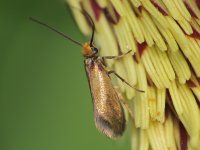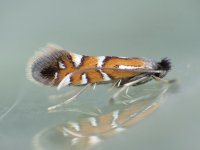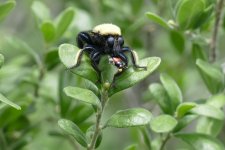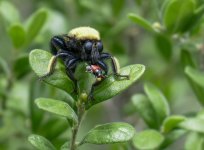Hello,
I am looking at buying a Bridge or Compact camera for macro nature photography as the primary use.
However, it would be great if the camera could be a good all-rounder for birds and mammals too.
I am a complete novice to photography so am not looking to go for a DSLR.
I am trying to keep the choice as simple as possible at this stage so I don't get too bogged down with the decision making before taking a photo!
I read this article on Macro cameras: https://expertphotography.com/best-macro-photography-camera/
And, have looked across the forum for information.
And, it would seem a good answer/ choice for this would be the Panasonic fz1000?
Does anyone know if the Panasonic fz1000 is better for macro photos than the ones mentioned in the article above? Sorry if the answer is obvious based on the comparative specifications!
Also, does anyone know of any good tutorials or books on macro nature photography they would recommend?
Many thanks if you take the time to respond,
Emma
I am looking at buying a Bridge or Compact camera for macro nature photography as the primary use.
However, it would be great if the camera could be a good all-rounder for birds and mammals too.
I am a complete novice to photography so am not looking to go for a DSLR.
I am trying to keep the choice as simple as possible at this stage so I don't get too bogged down with the decision making before taking a photo!
I read this article on Macro cameras: https://expertphotography.com/best-macro-photography-camera/
And, have looked across the forum for information.
And, it would seem a good answer/ choice for this would be the Panasonic fz1000?
Does anyone know if the Panasonic fz1000 is better for macro photos than the ones mentioned in the article above? Sorry if the answer is obvious based on the comparative specifications!
Also, does anyone know of any good tutorials or books on macro nature photography they would recommend?
Many thanks if you take the time to respond,
Emma










